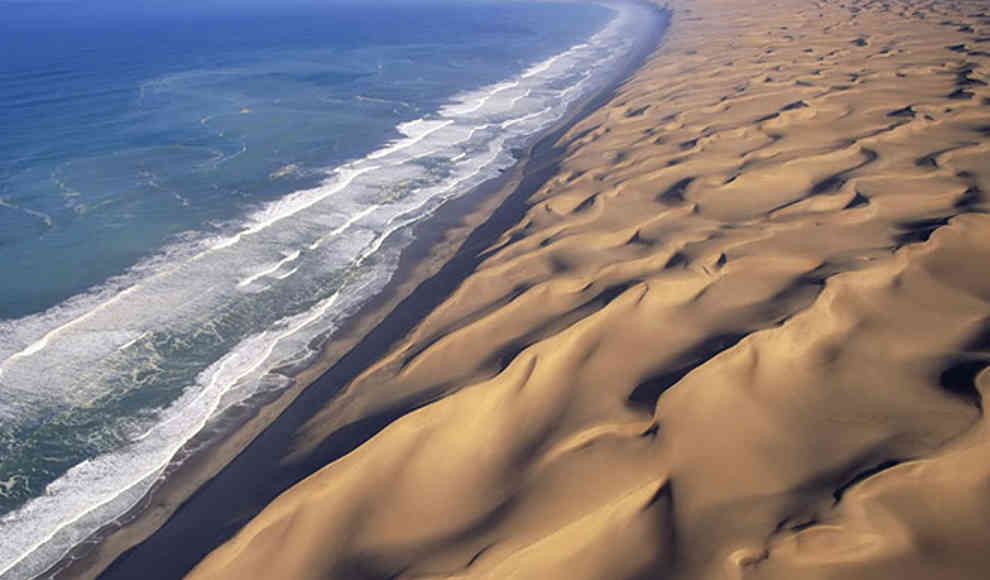Experts warn that by the end of the 21st century, the Middle East will become too hot to live in, with temperatures ranging between 74 and 77 degrees Celsius. The increasing emissions of CO2 will lead to such extreme temperatures, making the region uninhabitable. Computer simulations have revealed that the Persian Gulf area will experience these high temperatures, which no human can survive. Not only the elderly and sick but also physically fit and healthy individuals will be at risk, unable to withstand the heat for an extended period. Professor Elfatih Eltahir, the author of the study, explains that while healthy people can tolerate high temperatures up to 35°C or 95°F, they cannot endure it for more than six hours to a day. Many people will not be able to cope with this climate and will die.
According to Professor Eltahir’s study, there has never been such a negative combination of high humidity and persistent heat in human history. If the Middle East’s high greenhouse gas emissions continue to rise, the extreme temperature increase will combine with the climate on the Persian Peninsula and its geographical location. In 2003, Europe experienced a severe heatwave that claimed 70,000 lives. Compared to this heatwave, the heat expected in the Persian region is like a refreshing day, says Jeremy Pal, the study’s co-author. Although modern air conditioning systems will keep cities like Dubai, Abu Dhabi, or Doha habitable, working and living outdoors will be impossible due to the heat. Pal and Elhari agree on this in the Natural Climate Change journal. If an optimal solution to prevent climate change is not found in time, people in the Middle East will have to find another place to live.
In conclusion, the Middle East is facing a severe threat due to the increasing emissions of CO2, leading to extreme temperatures that no human can survive. The Persian Gulf area will experience temperatures ranging between 74 and 77 degrees Celsius, making the region uninhabitable. Although modern air conditioning systems will keep cities habitable, working and living outdoors will be impossible due to the heat. If an optimal solution to prevent climate change is not found in time, people in the Middle East will have to find another place to live.










